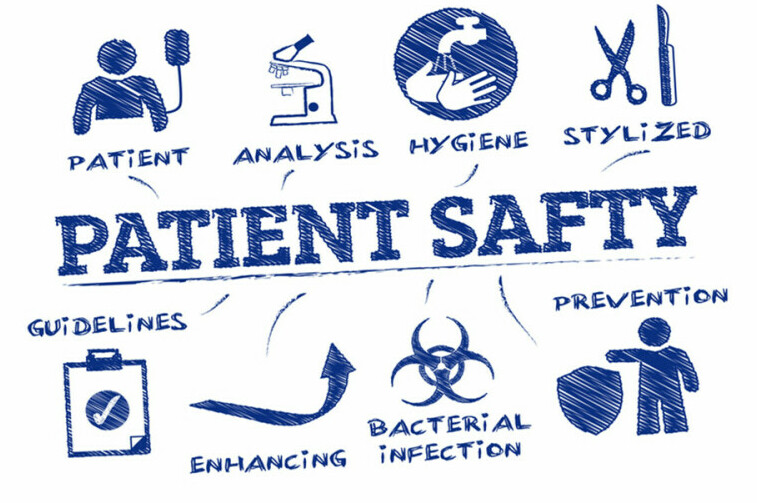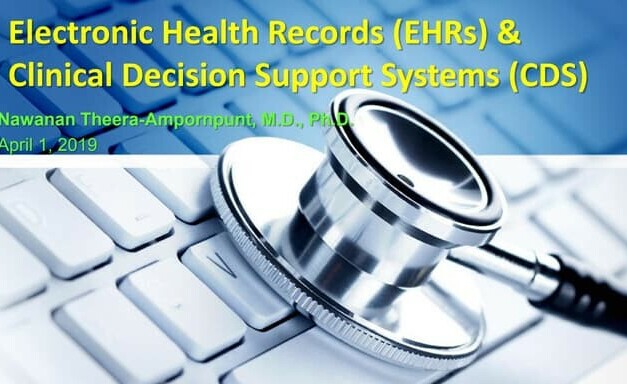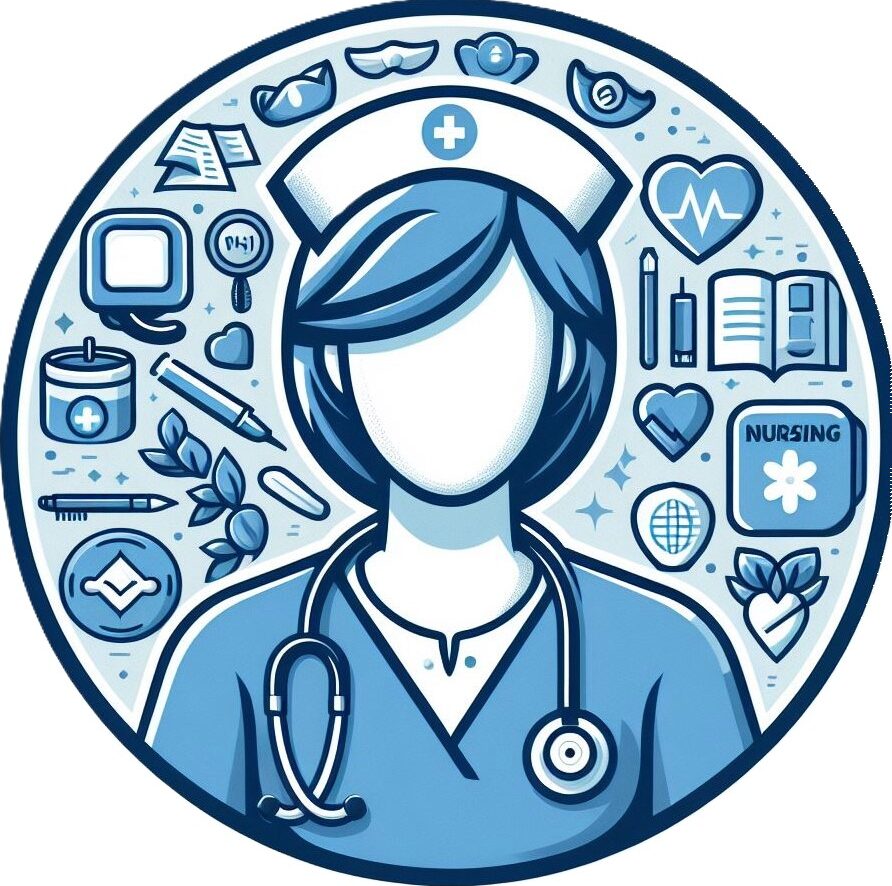 When talking about patient safety in healthcare, I am essentially referring to the measures and practices put in place to prevent harm to patients during their care. Think of it as a healthcare provider’s commitment to ‘do no harm’ while aiming to heal. Patient safety is a critical element that underpins the trust we place in our healthcare systems. It is about making sure that every aspect of a patient’s journey through the medical system is as safe as possible, whether they are receiving a routine checkup or undergoing complex surgery.
When talking about patient safety in healthcare, I am essentially referring to the measures and practices put in place to prevent harm to patients during their care. Think of it as a healthcare provider’s commitment to ‘do no harm’ while aiming to heal. Patient safety is a critical element that underpins the trust we place in our healthcare systems. It is about making sure that every aspect of a patient’s journey through the medical system is as safe as possible, whether they are receiving a routine checkup or undergoing complex surgery.
But this is not only avoiding mistakes, but also creating an environment where every possible precaution is taken to protect patients. It involves a series of activities from identifying potential risks to crafting strategies aimed at mitigating them. This field encompasses a broad range of practices and principles all designed to minimize risks, reduce errors, and ensure that you, the patient, receive the best care possible.
The importance of patient safety cannot be understated. It is the cornerstone of healthcare quality, ensuring effective, error-free treatment. And while the physical well-being of patients is the primary concern, safety also covers mental and emotional health. Clinicians and healthcare facilities must ensure that the care they provide does not cause unnecessary distress or trauma to their patients.
This dedication to safety is not just idealistic, it is a practical, necessary stance that has very real implications on health outcomes and patient satisfaction. Bottom line, it is what builds the trusting relationship between patients and healthcare providers.
In the next section on strategies to enhance patient safety, it requires a multifaceted approach that includes all aspects from individual vigilance to systemic overhaul.
Strategies to Enhance Patient Safety
I am going to guide you through some of the critical strategies that keep patients safe in healthcare settings. Firstly, we’ve got Error Prevention and Management, which is not only avoiding mistakes, but also fostering an environment where errors are quickly identified and addressed. Think of it as the frontline defense against potential harm to patients.
Let’s move on to Safe Practices and Protocols. This is the magic of evidence-based guidelines comes into play. These are not only recommendations, but also battle-tested procedures that have been shown to minimize risks such as infection rates and surgical complications. From Hand hygiene protocols to surgical checklists are just a couple of tools from the patient safety toolkit that healthcare professionals rely on.
Safe healthcare must include the importance of Reporting and Learning from Errors. This is turning ‘oops’ into opportunities for improvement. When healthcare workers step up and share their experiences with errors or near misses, it is a steppingstone to making the whole system safer. It represents learning, adapting, and not pointing fingers.
Last but not least in this section, is Patient-Centered Care. It is a shift from ‘We know best’ to ‘Let’s work together.’ Why? Because patients who actively participate in their care journey obtain better outcomes. It focuses on clear communication, shared decision-making, and educating patients so they can be their own advocates in the healthcare system.
Building a Culture of Safety in Healthcare Settings
This section will demonstrate how crucial it is to create a healthcare environment that prioritizes safety above all. A culture of safety takes time to build. It is the result of intentional efforts, shared values, and a collective commitment to excellence in patient care.
I believe that establishing non-punitive environments for error reporting is foundational. It is ensuring that healthcare staff feel secure and supported when it comes to sharing their mistakes and near misses. After all, you cannot fix what you do not know. This openness leads to a treasure trove of insights, which paves the way for system improvements and ultimately enhances patient safety. We all learn from mistakes and do better the next time.
Providing continuous education and training for healthcare providers is paramount. It is a core strategy for maintaining a high safety standard. When healthcare professionals are updated with the latest practices and tools, they are better positioned to protect patients from harm.
Simple comparison, a positive culture of safety is like the immune system of the healthcare setting. It helps ward off potential threats to patient safety and responds vigorously when issues arise. It involves everyone, from the administration to the front-line staff, adopting a safety-first mindset.
Above everything, compliance with regulations and standards is non-negotiable. Adhering to these rules is akin to following a map that leads to a safer healthcare journey for patients. These benchmarks ensure consistency and provide a framework within which healthcare providers can measure and improve their practices.
Fostering Resilient Healthcare Systems for Patient Safety
 Understanding the critical importance of robust healthcare systems in patient safety is essential. Resilient systems are those which are not only designed to reduce the likelihood of errors but also to ensure that, when they do occur, they have minimal impact on patient health. This necessitates a consistent effort to create structures that support healthcare professionals in delivering the safest care possible to their patients.
Understanding the critical importance of robust healthcare systems in patient safety is essential. Resilient systems are those which are not only designed to reduce the likelihood of errors but also to ensure that, when they do occur, they have minimal impact on patient health. This necessitates a consistent effort to create structures that support healthcare professionals in delivering the safest care possible to their patients.
Now what is a big driver in advancing patient safety? Technology. Electronic health records (EHRs), computerized physician order entry systems (CPOEs), bar-coded medications are all examples. They are real-world applications that have shown to significantly decrease the chances of errors in patient care. For instance, EHRs help in maintaining accurate patient data, which is essential for informed decision-making and safer patient care.
Next, continuous improvement model. It is an ongoing process that does not end with the implementation of a few protocols. Healthcare providers must keep adapting and evolving because patient safety is not something that can be ‘solved’ once and for all together, it is an enduring commitment to learning and development. Hospitals and clinics are adopting this cycle of learning to continuously refine their practices.
While the healthcare landscape can appear daunting with its complexity, it is comforting to know that there is a lot of opportunity in this space for enhancing patient safety. The strategies are clear, the dedication is there, and the outcomes can be profoundly positive, both for patients and the healthcare system itself.
Keep it in mind, every step taken to improve patient teaching safety can have a ripple effect on healthcare quality worldwide. It is not just an aspiration; it is a necessary pursuit for the well-being of all. In my opinion, there has never been a more crucial time to prioritize patient safety, and there has never been more tools and knowledge at our disposal to make that happen.
